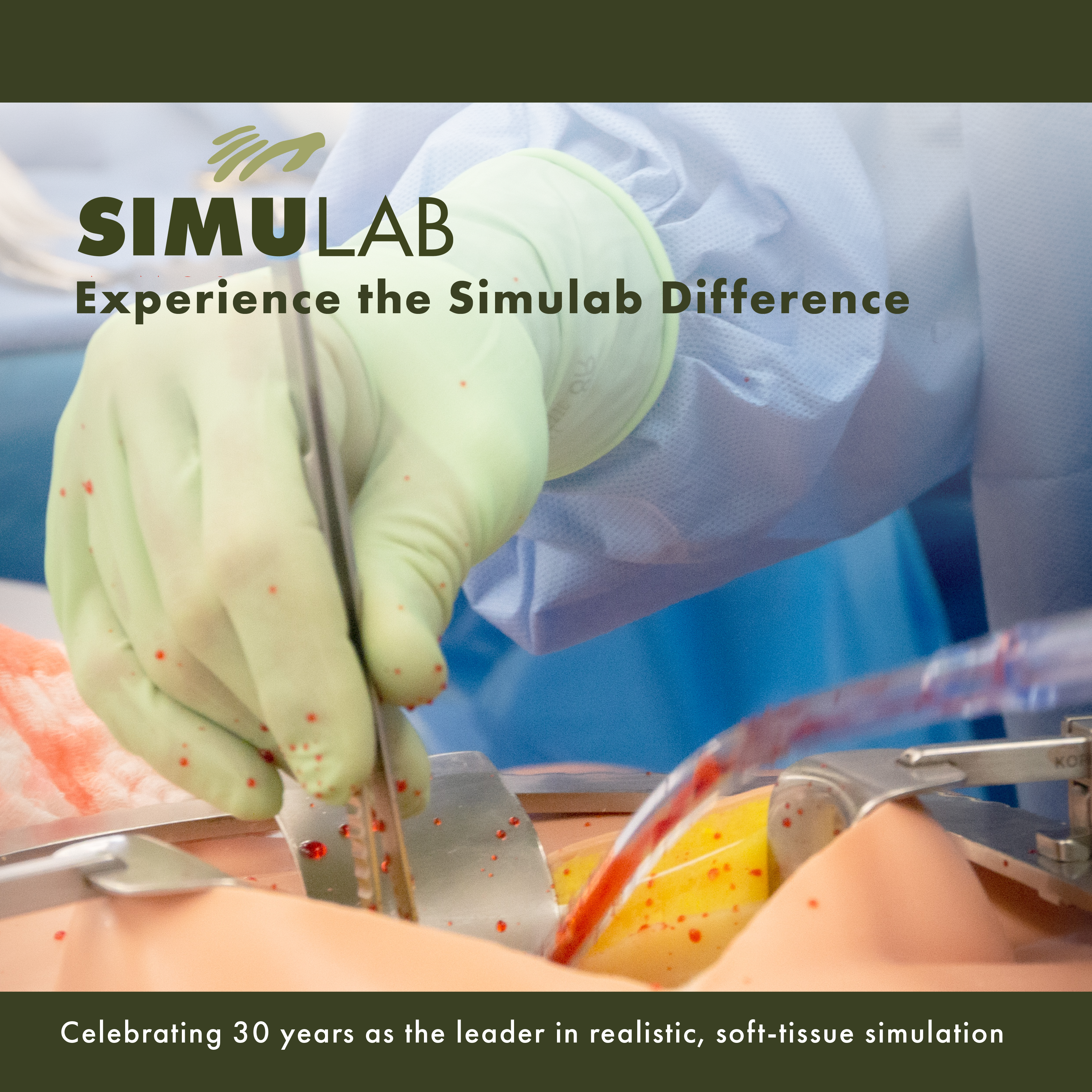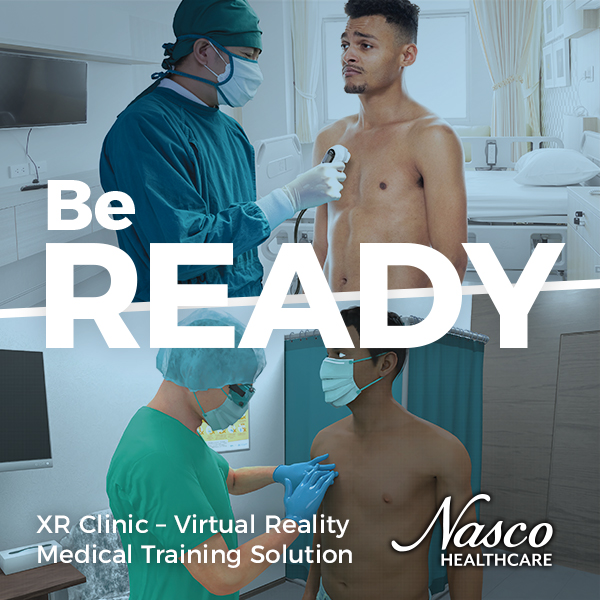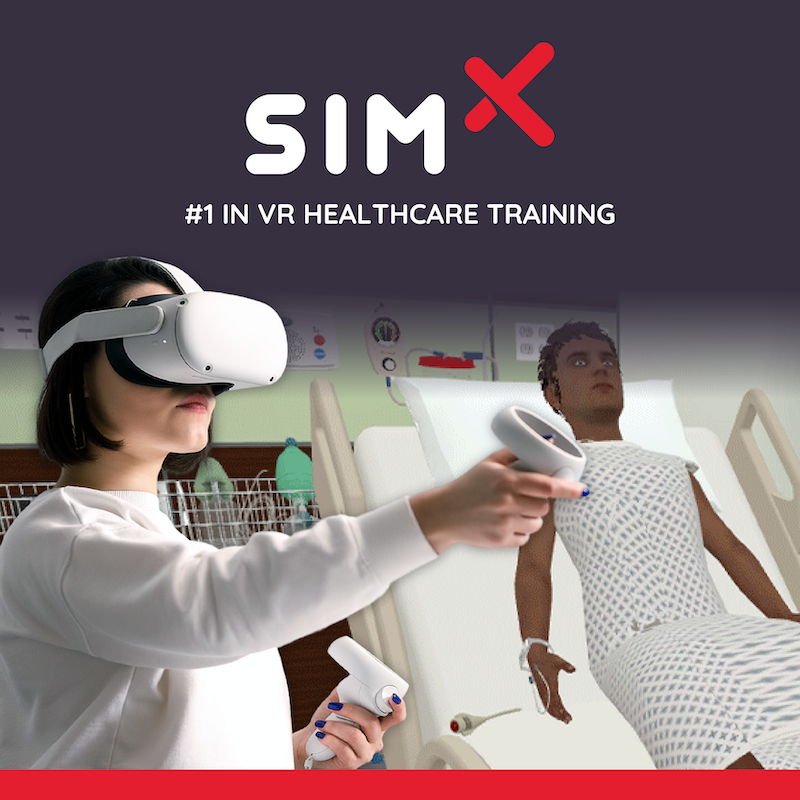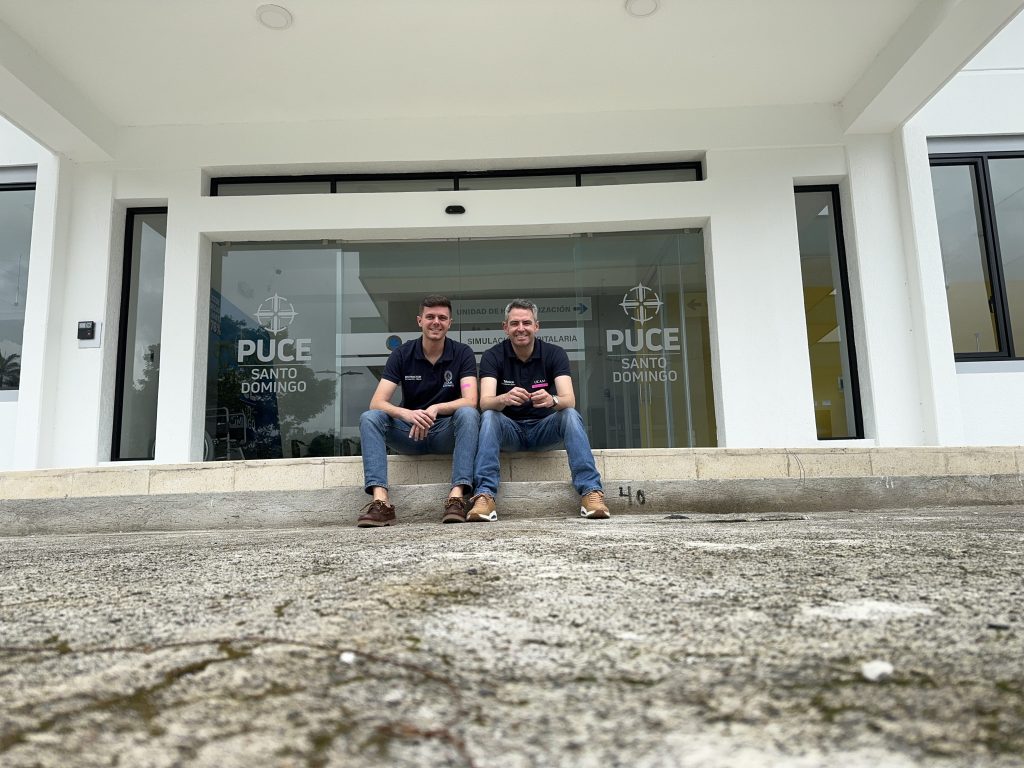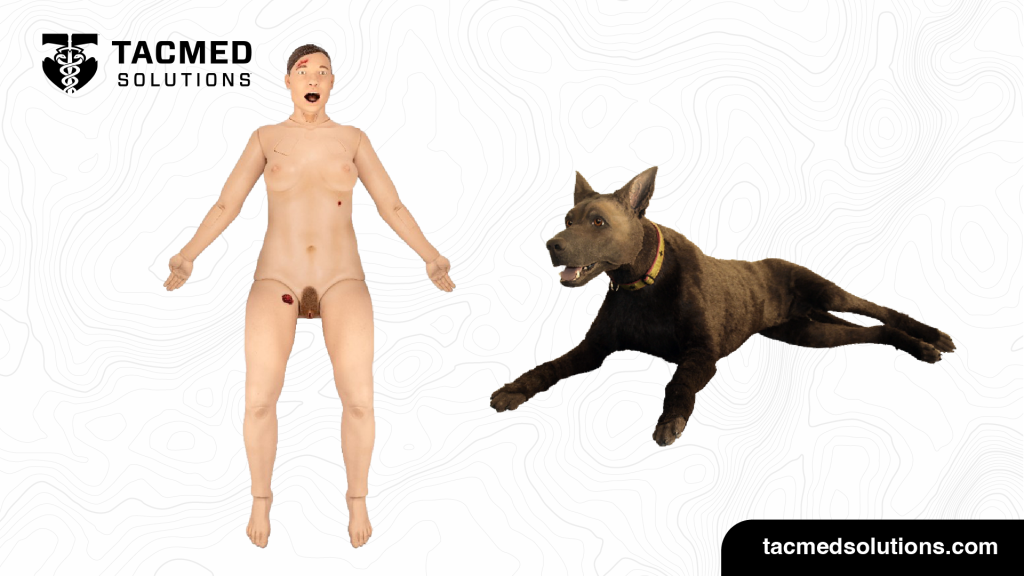Debriefing in healthcare simulation is a delicate blend of art and science, requiring facilitators to master the intricacies of both reflective practice and structured feedback. This comprehensive approach not only aids in uncovering the thought processes behind decision-making but also nurtures transformative learning experiences. This article delves into the importance of debriefing, offering insights into enhancing this crucial phase of simulation training through intentional thought, cultural humility, and active engagement strategies.
Exclusive partnership with
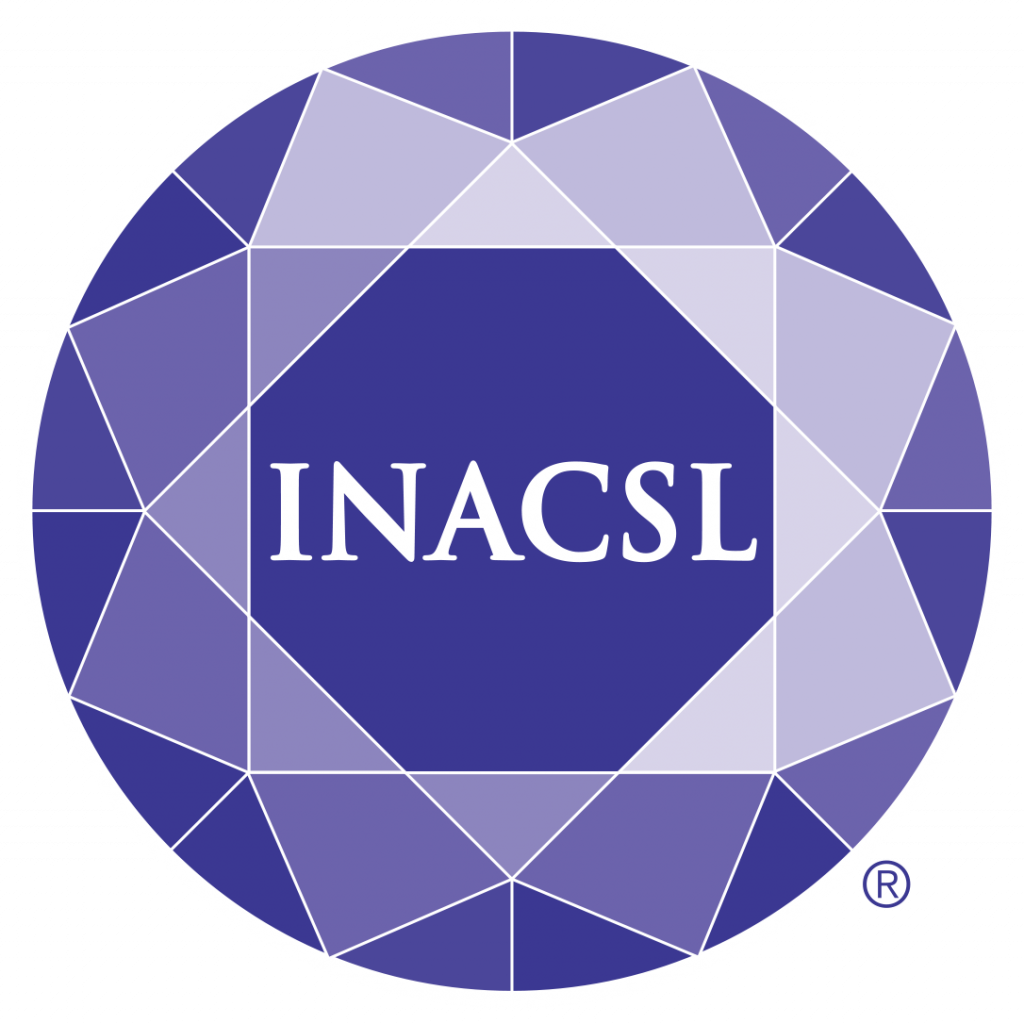
Debriefing is both an art and a science. There is research on the effects of a good structured debrief which encapsulates both constructive feedback and reflective practice. Reflection couches one’s actions and deliberates on the action: in-action, on-action, and beyond-action (Dreifuerst, 2009; Schon, 1984). Uncovering the thinking that underpins reasoning and actionable decision-making requires intentional thought and focus. Therefore, a facilitator who can combine the art and science of reflection while also debriefing a learner with relevance and compassion is critical.
Mezirow (1997) noted that it is inherent within adult learning principles to feel a need to learn the information for learning to occur. Moreover, his theory of Transformative Learning, includes four phases: a) having experiences; b) making assumptions; c) challenging perspectives; leading to d) experiencing transformative learning. The art and science of debriefing foster these phases. By incorporating the aesthetic art of debriefing, the facilitator brings relevance for the learner’s purview and blends the contextual clinical components while also focusing on a sense of cultural humility. This is not easy or intuitive. In an effort to encourage the global community to refine their debriefing skills there are some added thoughts regarding the debriefing process for consideration.
Find a hook or a common need to engage the learner that entices them to want to understand and comprehend the content beyond the experience being a requirement. Is there a local statistic that makes it relevant? Was there a sentinel event, near miss or health disparity in the area? Is this such a common occurrence in healthcare that mastery is essential for practice? Incorporate these into the learning objectives for the simulation (Cite Objectives Standard). Explain to the learner this relevance in prebriefing prior to the simulation to set the stage for the simulation-based activity and debriefing.
Recognize that cultural humility (Foronda, 2020) is not just about incorporating diversity or varying cultures into the patient or context of the scenario. It is also needed in the debriefing. Consider how as a facilitator, learning and psychological safety are intertwined for all the learners (Kolbe et al., 2020). Is the debrief space welcoming to varying ideas? Have you set the stage in the prebriefing regarding the expectations of openness and cultural humility? Establishing shared mental models can be the foundation for understanding the relevance of perceived information, comprehending its meaning, and directing patient-centered actions. Ensuring that prebriefing focuses on key elements and scenario objectives, fosters psychological safety, and ensures comfort and familiarity with the simulation environment all foster cultural humility and enhance simulation-based learning (Potter et al., 2022).
Think about how the art and science debriefing can be combined? Have you considered active listening (citation)? Have you reflected on your silent language? What is your body and facial expression saying to the learners? Active listening can be demonstrated by a simple head nod. This needs to be blended with probing questions for the learner and/or group to feel comfortable to continue exploring their ideas.
These are some simple steps that can create an enhanced debriefing process by encouraging all learners to actively engage while accommodating the affective side of the brain. Debriefing in simulation is critical for learning. Incorporating both the art and science of debriefing by focusing on the aesthetic aspects will enhance learner engagement and outcomes.
References
Dreifuerst, K. T. (2009). The essentials of debriefing in simulation learning: a concept analysis. Nursing Education Perspectives, 30(2), 109-114.
Foronda, C. (2020). A theory of cultural humility. Journal of Transcultural Nursing, 31(1), 7-12. https://doi.org/https://doi.org/10.1177/1043659619875184
Kolbe, M., Eppich, W., Rudolph, J., Meguerdichian, M., Catena, H., Cripps, A., Grant, V., & Cheng, A. (2020). Managing psychological safety in debriefings: A dynamic balancing act. BMJ Simulation and Technology Enhanced Learning, 6(3), 164. https://doi.org/10.1136/bmjstel-2019-000470
Mezirow, J. (1997). Transformative learning; Theory to practice. New Directions for Adult and Continuing Education, 74, 5-12. https://doi.org/ 10.1002/ace.7401
Potter, A. L., Dreifuerst, K. T., & Woda, A. (2022). Developing Situation Awareness in Simulation Prebriefing. Journal of Nursing Education, 61(5), 250-256. https://doi.org/10.3928/01484834-20220303-04
Schon, D. A. (1984). The reflective practitioner: How professionals think in action (Vol. 5126). Basic books.
READ ALSO






